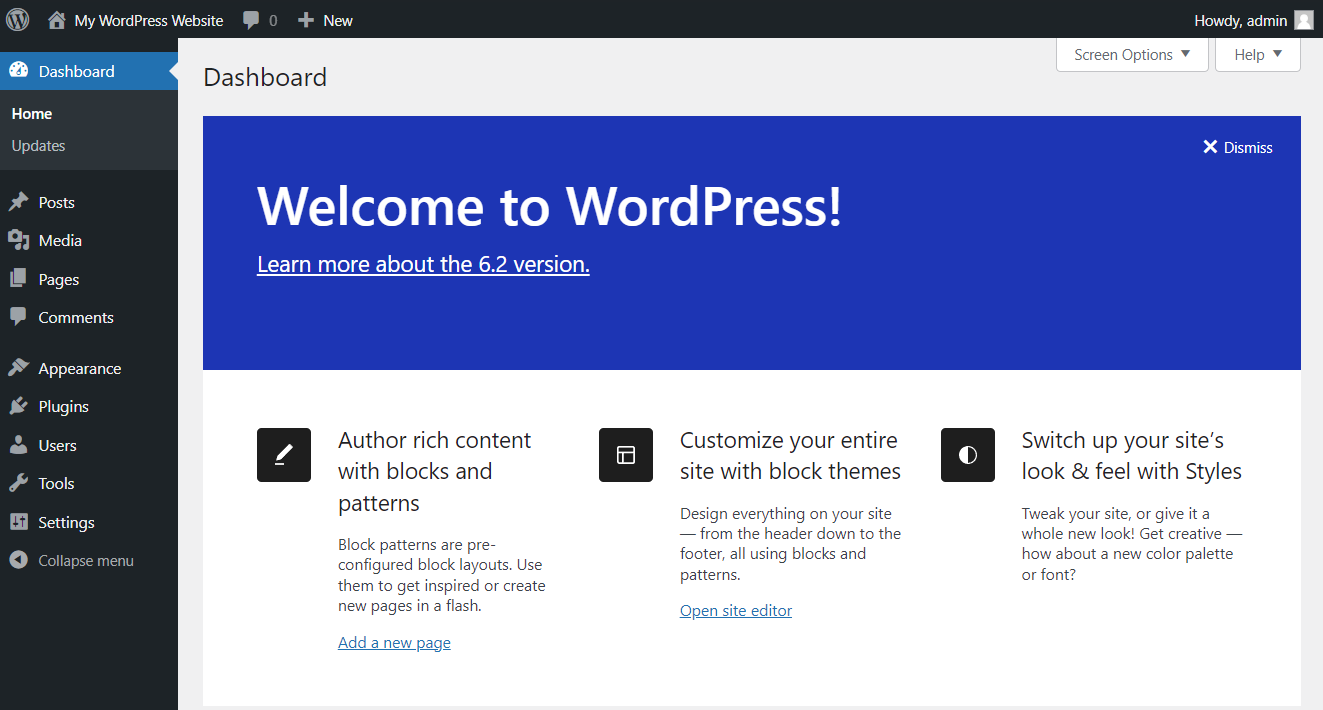What is Website Bandwidth and How Much Bandwidth Does My Website Need?
Unlock the fundamentals of domain ownership and streamline your web presence

In today’s digital age, understanding the technical aspects of your website is important for ensuring smooth operation and providing a pleasant experience for your visitors. A key aspect of website management is bandwidth. But what exactly is website bandwidth and how much is needed for your site? Let us explain.
What is website bandwidth?
Website bandwidth refers to the amount of data that can be transferred between your website and its users over a given period of time, usually measured in gigabytes (GB) per month. This parameter includes all the data that users download or upload while interacting with the website, including text, images, videos, and other multimedia elements.
In the simplest terms, bandwidth is like a water pipe. The larger the diameter of the pipe (higher bandwidth), the more water (data) can flow through it at once without slowdowns (load delays).
Why is bandwidth important?
Bandwidth-i është i rëndësishëm për disa arsye:
Performance: Sufficient bandwidth ensures that your site loads quickly and efficiently, even during times of high traffic.
User experience: A website with sufficient bandwidth provides a pleasant browsing experience, reducing the chance of visitors leaving due to long loading times.
SEO: Search engines like Google favor websites that load quickly. Sufficient bandwidth can improve page speed, positively impacting your ranking in search results.
How much bandwidth does my website need?
Përcaktimi i sasisë së duhur të bandwidth-it për faqen tuaj interneti varet nga disa faktorë:
Site traffic: The number of visitors your site receives is an important factor. Higher traffic means more data transferred.
Page size: Larger pages with heavy multimedia elements (images, videos, etc.) require more bandwidth.
Update frequency: Pages that are frequently updated with new content will need more bandwidth.
User interactions: Sites with interactive features, such as forums, user uploads, or streaming, will require more bandwidth.
How to calculate your website’s bandwidth needs
Here is a simple formula to calculate your bandwidth needs:
Bandwidth = Madhësia Mesatare e Faqes (në MB) x Vizitorët Mujorë x Mesatare e Shikimeve të Faqes për Vizitor
Average Page Size: Determine the average size of your website. You can use tools like Pingdom or GTmetrix to find this information.
Monthly Visitors: Track the number of visitors your site receives each month using web analytics tools like Google Analytics.
Average Page Views Per Visitor: Determine how many pages a visitor views on average during a single visit.
For example: If your average page size is 2 MB, your site receives 10,000 visitors per month, and each visitor views an average of 3 pages, your estimated bandwidth needs would be:
“ 2 MB x 10,000 x 3 = 60,000 MB ose 60 GB për muaj “
Matching bandwidth needs with Host.al hosting packages
Në Host.al, ofrojmë katër paketa hosting, secila me kufizime të ndryshme për bandwidth-in. Kështu mund të përcaktoni cilin paketë përputhet me nevojat tuaja:
Plan 1 – 5GB Bandwidth – Representative for small personal websites or blogs.
Shembull: Nëse madhësia mesatare e faqes është 1 MB, ky plan mund të menaxhojë rreth 5,000 shikime faqe në muaj.
Llogaritje: 5𝐺𝐵÷1𝑀𝐵=5,000 shikime faqe/muaj5GB÷1MB=5,000 shikime faqe/muaj.
Plan 2 – 5GB Bandwidth
Similar to plan 1, ideal for small sites with low traffic.
Shembull: Nëse madhësia mesatare e faqes është 2 MB, ky plan mund të menaxhojë rreth 2,500 shikime faqe në muaj.
Llogaritje: 5𝐺𝐵÷2𝑀𝐵=2,500 shikime faqe/muaj5GB÷2MB=2,500 shikime faqe/muaj.
Plan 3 – 100GB bandwidth
Përshtatet për faqe biznesi të mesme me trafik të moderuar.
Shembull: Nëse madhësia mesatare e faqes është 2 MB, ky plan mund të menaxhojë rreth 50,000 shikime faqe në muaj.
Llogaritje: 100𝐺𝐵÷2𝑀𝐵=50,000 shikime faqe/muaj100GB÷2MB=50,000 shikime faqe/muaj.
Plan 4 – 200GB bandwidth
Ideal për faqe të mëdha me vëllime të lartë trafiku, si faqet e tregtisë elektronike.
Shembull: Nëse madhësia mesatare e faqes është 2 MB, ky plan mund të menaxhojë rreth 100,000 shikime faqe në muaj.
Llogaritje: 200𝐺𝐵÷2𝑀𝐵=100,000 shikime faqe/muaj200GB÷2MB=100,000 shikime faqe/muaj.
Plan for growth and traffic surges: It is important to plan for unexpected growth and traffic surges. Websites often experience fluctuations in traffic due to marketing campaigns, viral content, or seasonal trends. It is advisable to have a buffer in your bandwidth allocation, usually 50-100% more than your estimated needs.
Monitoring and Tuning: Regularly monitor your site’s bandwidth usage through your PLESK panel or web analytics tools. If you notice that usage is consistently near your limit, consider upgrading your hosting plan to ensure continued optimal performance.
Conclusion: Understanding and managing your website’s bandwidth is essential to ensuring a smooth and enjoyable user experience. By accurately assessing your needs and planning for future growth, you can ensure that your site remains fast, responsive, and ready to handle your visitors. If you have any questions or need help managing your bandwidth, don’t hesitate to contact our support team at Host.al. We’re here to help you succeed online!

Empower your business with Host.al
Recommended posts
Building a new website may sound difficult, but it really isn't...
In the rapidly evolving world of digital technology, having a strong online presence is crucial...

